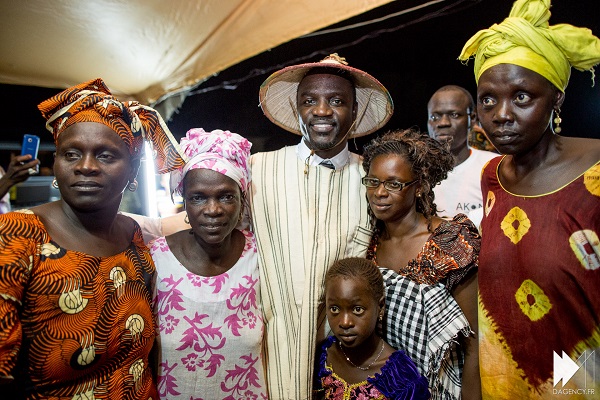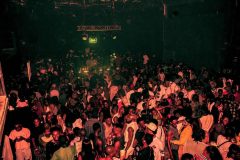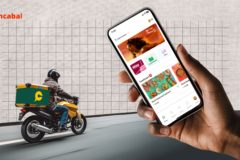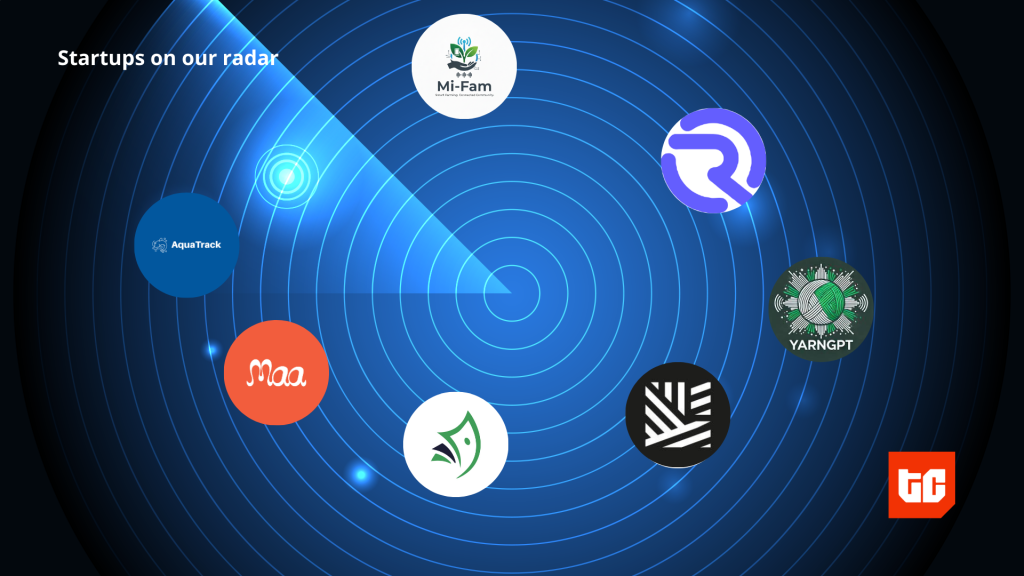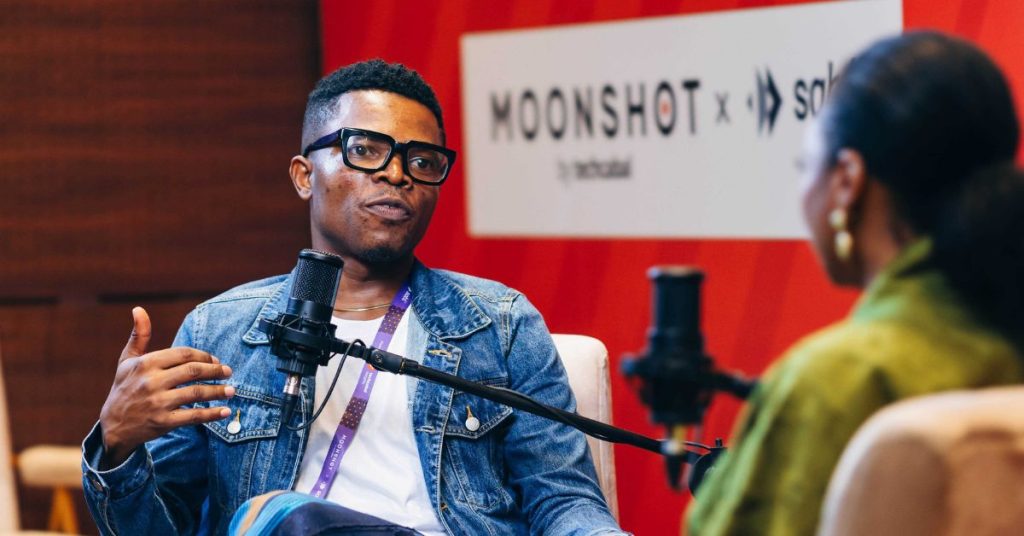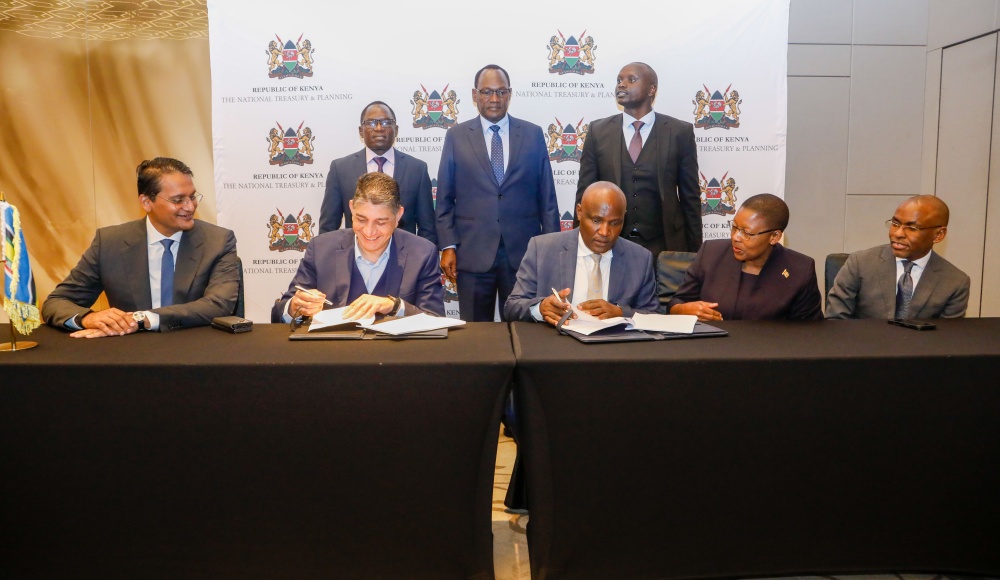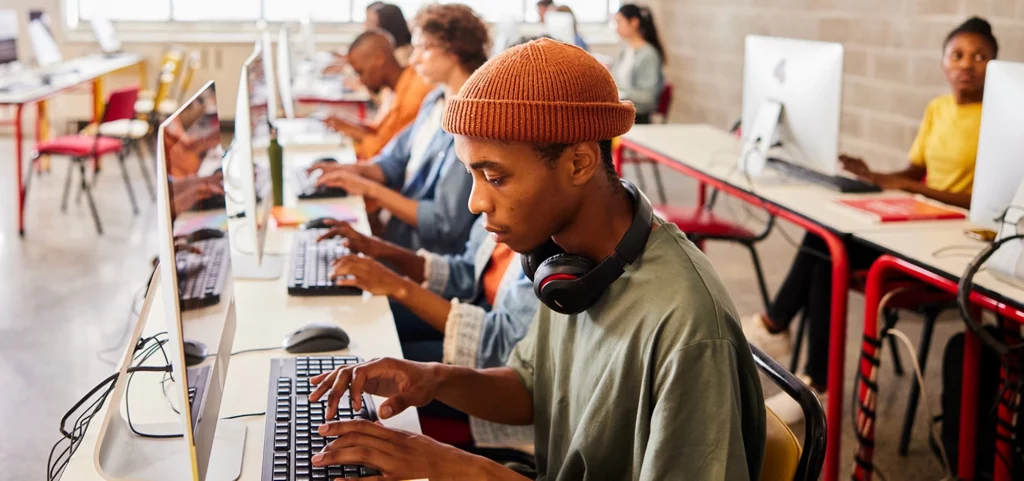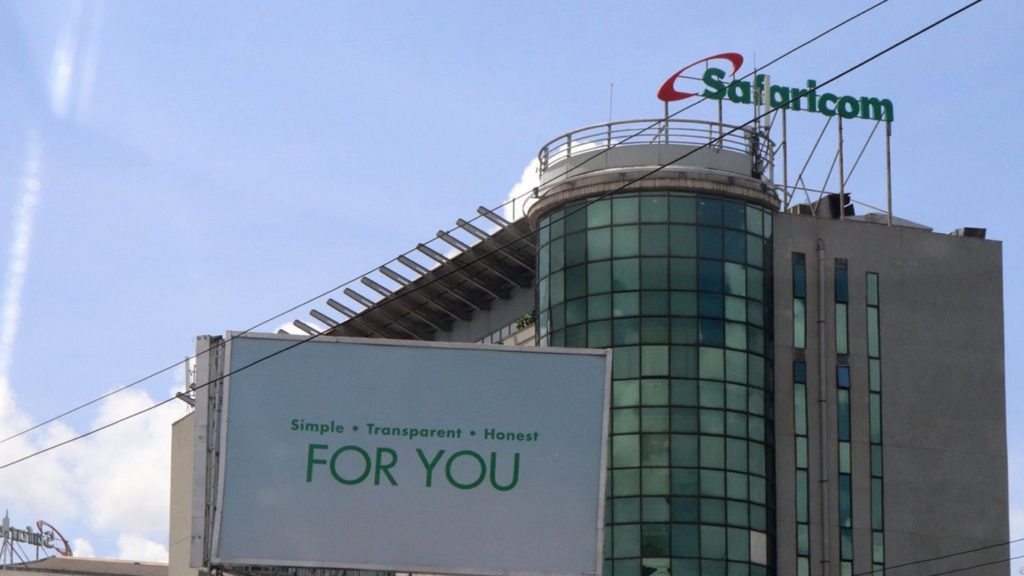This isn’t news, at least not anymore. But now that the buzz has died down a little, it’s time to assess what exactly is going on with this “lighting Africa” business.
Akon Lighting Africa (ALA) is an initiative to “bring electricity to African villages by a clean and affordable solar energy solution.” The goal is to reach 600 million Africans with power. And despite the fact that stamping Africa on a project is sort of fund-baity for my tastes, the vision and scope of Project ALA are admirable.
The African poverty spin which many aid organisations use to obtain funds from donors has sort of made me jaded to these kinds of projects. For example, my mind is already sidestepping and asking, “you want to power the whole Africa? From Algeria all the way to South Africa? Is that even possible for ONE organisation? Even ten would struggle with that.”
But it’s sometimes good to read the fine print and understand what a project is really about.
Contrary to popular belief, the project has three people at the helm – Thione Niang, Samba Bathily (an entrepreneur) and Akon. Akon just happens to be the most “visible” of the three founders which is a smart move – putting a big name on a product gets you more PR and also opens more doors.
The project kicked off in February 2014 and so far has hit a few milestones, most notable among them being the Solar Academy which launched sometime in May this year. Located in Bamako, Mali, the academy will double down on efforts to train engineers and entrepreneurs in the business of solar energy, while showing them how to install and maintain solar panels and microgrids.
ALA is beginning small, naturally, with the core of the project revolving around installation of thousands of solar powered street lamps in rural communities and giving out domestic and individual kits to rural dwellers. So, don’t go thinking of citywide power generators just yet.
The project is being funded by partners such as Solektra, Give Project and SUMEC to name a few. It also collaborates with the government of whatsoever country they plan to reach with the project. So far, 13 countries have been reached.
From what I can see, the ALA project also has a good maintenance strategy as it employs the youth in the community, training them and getting them up to speed on how to install and maintain the solar devices. Then the devices are installed with the help of these trained personnel.
It’s still early days but things look to be moving along just fine. We’ll keep our eyes on this one.




